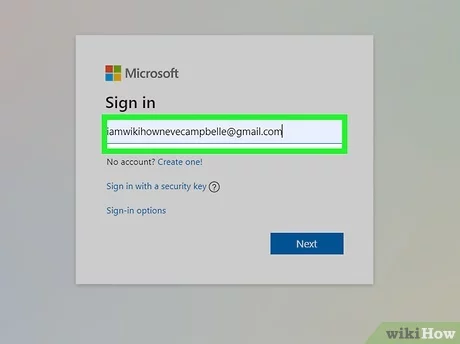Capturing moments on your Windows laptop screen has become an essential skill. Whether you want to save important information, share something visually, or troubleshoot a technical issue, knowing how to take a screenshot efficiently is invaluable. In this guide, we’ll explore various methods to capture your screen effortlessly on a Windows laptop.
Introduction to Taking Screenshots on Windows Laptop
What is a screenshot?
A screenshot is a digital image of the contents displayed on a computer screen. It allows you to capture everything visible on your screen at a specific moment, whether it’s a webpage, document, or application interface.
Importance of taking screenshots
Screenshots serve multiple purposes, from documenting information for future reference to providing visual aids in presentations or tutorials. They are particularly handy for troubleshooting technical issues by allowing you to capture error messages or system configurations.
Methods of Taking Screenshots
There are several methods to take screenshots on a Windows laptop, each offering its own advantages and flexibility.
Using the Print Screen Key
The Print Screen key, often abbreviated as “PrtScn” or “PrtSc,” is a traditional method to capture the entire screen.
To take a screenshot using the Print Screen key:
- Locate the Print Screen key on your keyboard.
- Press the key once to capture the entire screen.
- Open an application like Paint or Microsoft Word.
- Paste the screenshot into the application by pressing Ctrl + V.
- Save the screenshot for future use.
Utilizing the Snipping Tool
The Snipping Tool is a built-in utility in Windows that allows you to capture customized screenshots of specific areas on your screen.
To use the Snipping Tool:
- Open the Start menu and search for “Snipping Tool.”
- Click on the Snipping Tool app to launch it.
- Select the type of snip you want (Free-form, Rectangular, Window, or Full-screen).
- Click and drag to capture the desired area on your screen.
- Save or annotate the screenshot as needed.
Using the Windows + Shift + S Shortcut
The Windows + Shift + S shortcut is a convenient way to capture a portion of your screen without launching any additional applications.
To use the shortcut:
- Press the Windows key + Shift + S simultaneously.
- Your screen will dim, and a selection toolbar will appear at the top.
- Click and drag to select the area you want to capture.
- The screenshot will be copied to your clipboard automatically.
Additional Tips and Tricks
In addition to the aforementioned methods, here are some additional tips to enhance your screenshot-taking experience on a Windows laptop:
- Using third-party screenshot tools: Explore third-party software like Greenshot or Lightshot for more advanced screenshot features and customization options.
- Editing screenshots with built-in Windows tools: Take advantage of built-in tools like Paint or the Photos app to edit and annotate your screenshots before sharing them.
- Sharing screenshots with others: Easily share your screenshots via email, messaging apps, or cloud storage services to collaborate with colleagues or seek assistance online.
Conclusion
Taking screenshots on a Windows laptop is a fundamental skill that can greatly enhance your productivity and communication. Whether you’re capturing important information, troubleshooting technical issues, or sharing visual content, knowing how to take screenshots efficiently is indispensable. By mastering the methods outlined in this guide and exploring additional tips and tricks, you can elevate your screenshot-taking capabilities and streamline your workflow.
Now, go ahead and practice taking screenshots on your Windows laptop to become a proficient user in no time!
FAQs (Frequently Asked Questions)
- Can I take a screenshot of a specific window instead of the entire screen?
- Yes, you can use the Alt + Print Screen shortcut to capture only the active window on your screen.
- Are there any limitations to the Snipping Tool’s functionality?
- While the Snipping Tool is a handy built-in utility, it lacks advanced features compared to third-party screenshot tools.
- Can I customize the keyboard shortcuts for taking screenshots on Windows?
- Unfortunately, Windows does not provide native options to customize keyboard shortcuts for taking screenshots, but you can explore third-party software for this functionality.
- How do I access the screenshots I’ve taken on my Windows laptop?
- Screenshots are typically saved in the “Screenshots” folder within the “Pictures” directory on your Windows laptop.
- Is there a limit to the number of screenshots I can take on my Windows laptop?
- There is no inherent limit to the number of screenshots you can take on a Windows laptop, but be mindful of your available storage space.



.jpg?w=1200&resize=1200,0&ssl=1)
